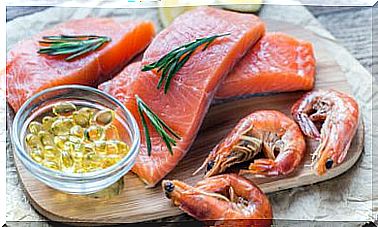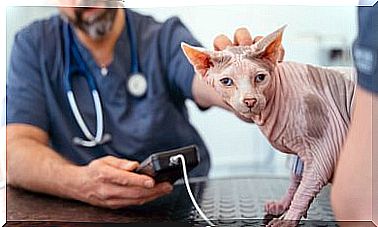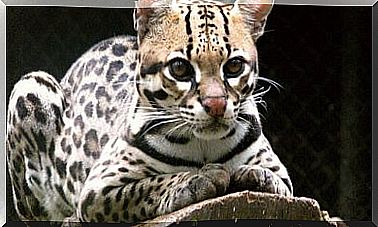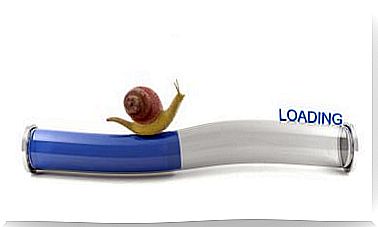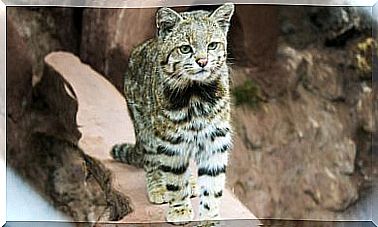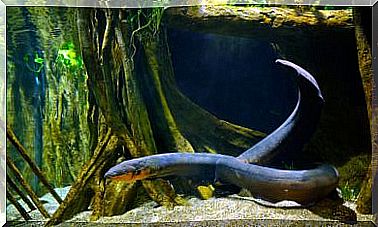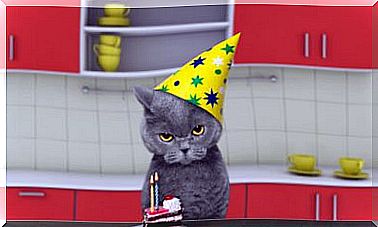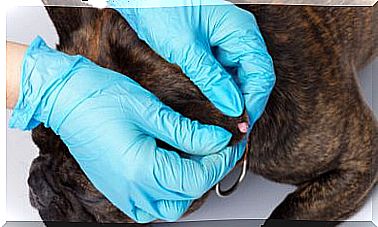Caring For Urban Birds: Quarantined Birders
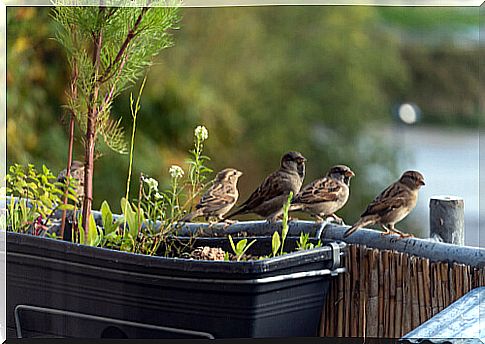
A common scene in many parks, benches, and sidewalks was sparrows and other urban birds pecking here and there for breadcrumbs and other foods. However, with the quarantine, things have changed.
Urban birds, that is, those that live in small urban centers, regularly use the surrounding environment for food. But as the premises are closed and the circulation limited, the production of consumable organic matter on a small scale will decrease. This could make it difficult for city birds to eat normally.
As we can see, human beings are not the only ones who can go through some difficulties in this situation. For this reason, perhaps we could encourage ourselves to carry out a real symbiosis from home: we can help the birds to feed themselves, and, in return, they will visit us and cheer up the confinement.
How to build a trough?
Building a feeder is simple, and the activity will keep the most restless busy in times of quarantine. This can be placed on the patio of the house, terrace, and even the edge of the window. Of course, it is important to choose a quiet area with little noise.
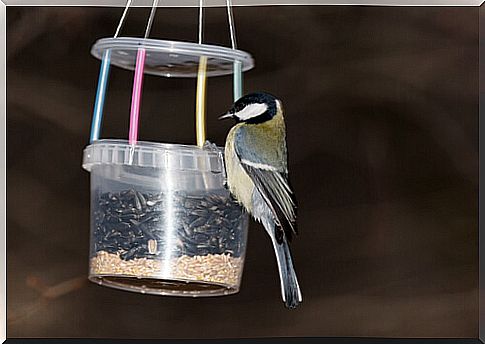
Some easy-to-make examples are:
- The simplest feeder is to stick a series of peanuts, one after the other, on a wire and hang it in the appropriate place.
- You can use a mesh of oranges or onions: it will be enough to fill it and use a suitable support.
- Another alternative could be to take a bottle and put two sticks through it, make a hole in it so that the birds can eat about three fingers above the stick, fill the bottle and hang it with a string.
- Even a flat plate or plastic feeder full of seeds can attract birds’ attention. It is important to clean it periodically to avoid the transmission of diseases among visitors.
If you have an interior patio or terrace, this is a simple task. If this is not the case, you have to sharpen your ingenuity a little more: we can tie these structures to a hanger and hang them on the outside clothesline.
There are as many designs as there are ideas, we encourage you to let your imagination fly. Of course, always respecting the safety of the birds.
What to feed them?
Canary grass is one of the essential foods for urban birds. It is an easy food to consume and that will attract various species. If you are looking for something more specific, we leave you a list:
- Raw pipes: attracts parrots like the great tit.
- Sunflower seeds: for chickadees and blue tit.
- Millet: the favorite of sparrows, accents, greenfinches, bunting and turtledoves.
- Corn: above all attracts blackbirds.
- Fresh or dried fruit: for blackbirds and thrushes.
Raw peanuts, peeled or unpeeled, are also a good food supplement. But beware, never make cooked or salted food available to urban birds. This could cause serious intestinal problems for our visitors.

How to enjoy urban birds?
Once the feeder has been prepared and the food has been chosen, all you have to do is wait. There is an important fauna near our houses, variable depending on our geographical area. From sparrows to blackbirds, wagtails, and even precious birds like the goldfinch can pay us a visit.
It is always necessary to keep a prudent distance from our visitors, since birds are very easily scared away. The most advisable thing is to photograph them from a distance, and after enjoying their activity, propose to classify them.
- There are multiple online identification guides, so this activity can provide hours of entertainment.
- For the less expert, there are even web and smartphone identifiers with a simple interface at their disposal .
A symbiosis in difficult times
Keeping your mind busy in quarantine requires some ingenuity. With this little guide, you can keep yourself entertained for hours and hours. From the construction of the trough, to the observation and identification of species.
Ornithology is an exciting hobby: there are around 622 species of birds in Spain between seasonal and permanent. Once the confinement is lifted, you can apply the knowledge acquired on field trips and excursions.
Furthermore, this is a key service for the ecosystem. Feeding urban birds in times of scarce resources will help them get through the remainder of winter.
